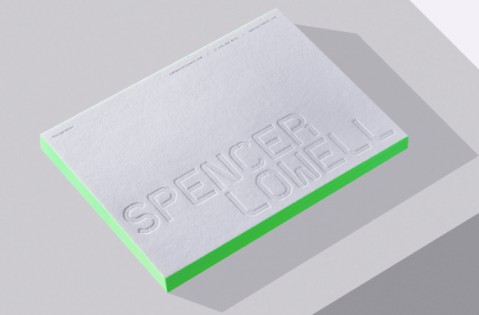4 IMPORTANT CONSIDERATIONS WHEN IT COMES TO BINDING

As long as there has been printing, there has been binding—the way you organize and secure your project for the recipient. There are many different types of binding, ranging from sewing to stapling, and from gluing to rivets to wire.
Do you know the difference between each technique?
With so many options, it can be tough to determine the best binding method for your project. We recommend you start by considering these factors:
FUNCTION
Think about how you’ll use what you print. Will it fit in your bag or on a table? Does it need to stay open when you’re using it, or fold back easily?
Also, think about how long it needs to last. Is it something you’ll use once and then forget about, or does it need to stay useful for a while? Maybe it’s something special you want to keep around, like a photo album.
If you’ll keep it on a shelf, you might want a spine with some info about it. Talking to your print person about what you want will help you pick the best options.
SPECIFICIATIONS
Not all binding styles work for every situation. The number of pages and the size of the paper are big factors. The kind of paper you use matters too because it affects how well the project holds up and how it feels.
BUDGET
Different binding styles have different production requirements and the costs can vary a lot. It’s hard to say which binding is the most expensive or cheapest because it depends on the project’s details and how many you’re making.
When you talk to your printer about what you need and how many you want, they can help you figure out which binding options are affordable for you.
AESTHETIC
If money isn’t a big issue, you have more freedom to choose the binding that matches your design best. You can even mix different binding styles in one piece. Some fancy techniques, like adding decorative tape on the spine by hand, can give your project a unique touch. Just remember, each binding style has its own limits, so make sure whatever you pick fits well with what you need.
These guidelines might seem broad, but they highlight the wide range of choices you have when it comes to binding and finishing a printed project. Think about what you want to achieve with your design, then reach out to a print expert for guidance. They can provide samples that match your needs (known as binding dummies) to show you how your project will look and feel. And the best part? This service is usually free.
Binding plays a crucial role in any printed piece. When used creatively, it can elevate both functionality and design appeal, making your project memorable and practical for your clients.
Recent Posts
4 IMPORTANT CONSIDERATIONS WHEN IT COMES TO BINDING

As long as there has been printing, there has been binding—the way you organize and secure your project for the recipient. There are many different types of binding, ranging from sewing to stapling, and from gluing to rivets to wire.
Do you know the difference between each technique?
With so many options, it can be tough to determine the best binding method for your project. We recommend you start by considering these factors:
FUNCTION
Think about how you’ll use what you print. Will it fit in your bag or on a table? Does it need to stay open when you’re using it, or fold back easily?
Also, think about how long it needs to last. Is it something you’ll use once and then forget about, or does it need to stay useful for a while? Maybe it’s something special you want to keep around, like a photo album.
If you’ll keep it on a shelf, you might want a spine with some info about it. Talking to your print person about what you want will help you pick the best options.
SPECIFICIATIONS
Not all binding styles work for every situation. The number of pages and the size of the paper are big factors. The kind of paper you use matters too because it affects how well the project holds up and how it feels.
BUDGET
Different binding styles have different production requirements and the costs can vary a lot. It’s hard to say which binding is the most expensive or cheapest because it depends on the project’s details and how many you’re making.
When you talk to your printer about what you need and how many you want, they can help you figure out which binding options are affordable for you.
AESTHETIC
If money isn’t a big issue, you have more freedom to choose the binding that matches your design best. You can even mix different binding styles in one piece. Some fancy techniques, like adding decorative tape on the spine by hand, can give your project a unique touch. Just remember, each binding style has its own limits, so make sure whatever you pick fits well with what you need.
These guidelines might seem broad, but they highlight the wide range of choices you have when it comes to binding and finishing a printed project. Think about what you want to achieve with your design, then reach out to a print expert for guidance. They can provide samples that match your needs (known as binding dummies) to show you how your project will look and feel. And the best part? This service is usually free.
Binding plays a crucial role in any printed piece. When used creatively, it can elevate both functionality and design appeal, making your project memorable and practical for your clients.








